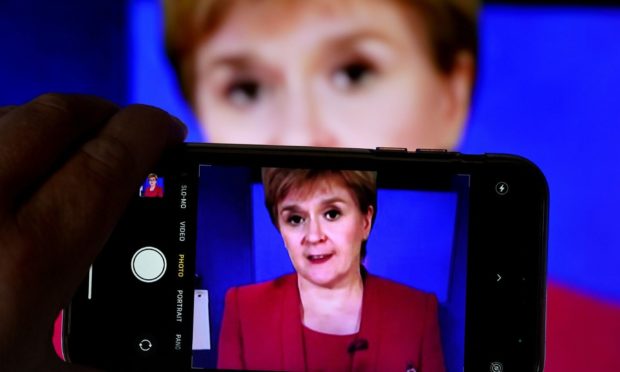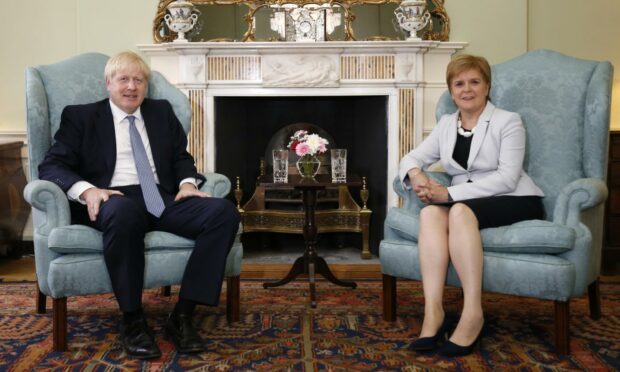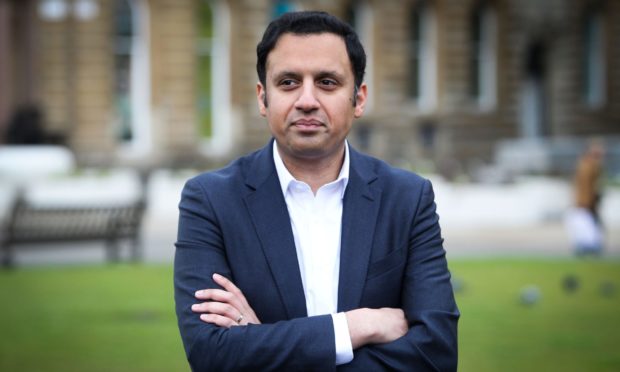The eye catching thing about Scotland’s fledgling coalition is the simple fact it puts the Greens in a position of national power for the first time in the UK.
But for the SNP, a party which has run the show alone since 2007, this is a big leap.
Some commentators have downplayed the shift, saying it merely formalises a loose agreement where Greens back budgets in return for a few bones thrown their way.
It suits opposition parties to play that up. They describe it as a coalition of chaos, a coalition of cuts, or even as one Conservative in the north-east put it: “A doctrine to start a war on working Scotland.”
That’s before the ink was even dry on the deal.
The noise is inevitable at Holyrood as our multiparty parliament tries to settle into a new pattern.
What does it mean for those inside the SNP?
This is a party that wants to polish its environmental credentials, toughen the pro-independence image in parliament and cement its majority over a “unionist” opposition.
On the environment, this is a big year for First Minister Nicola Sturgeon. The world is coming to Glasgow in November to discuss action on climate change.
What better way to go into that than having some actual Greens on board?
It gives the SNP leadership support for some difficult choices coming down the line, not least on the future of North Sea oil and gas.
That could end up being cover for some decisions when election time eventually rolls in years from now.
Independence
Senior strategists in the party clearly have an eye on that long-term goal for another referendum.
They stress there is already a “mandate” for a second vote at Holyrood, but it’s not being reflected emphatically in the polls. Joining forces like this might help them cement the idea in people’s minds – and put pressure on Boris Johnson at Westminster.
One senior SNP figure explained there’s also a strong desire to move away from what was a toxic end to the last parliament.
You’ll remember how barely a week went by without opposition members calling for resignations. There were calls for votes of no confidence, constant demands for Ms Sturgeon to resign.
More moderate MSPs in the Conservatives privately conceded the tone was wrong in the final weeks of the vote.
Long haul
But if the reaction to the deal – before it was published – is anything to go by, we’re in for the long haul.
The SNP hopes an opposition yelling across the chamber will simply turn voters off, particularly for Labour.
The operation to supplant Scotland’s previous go-to political party is almost complete, they think. Labour leader Anas Sarwar will continue to have a tough choice positioning himself somewhere near the SNP-Greens on social policy while joining Conservatives to oppose independence.
For the Lib Dems, under new leader Alex Cole-Hamilton, the choice of coalition in the future is limited. Does he really want to go back to the difficult Con-Dem days?
In the north east, where Labour are not strong at Holyrood, Conservatives are licking their lips.
This is where the contest will play out most clearly – and it’s making some in the SNP nervous.
Several high profile members have already lamented what this means for Aberdeen, including affluent nearby towns such as Westhill or Ellon where oil pays the wages.
Publicly, after the deal was revealed, north-east SNP politicians were celebrating extra cash for the region to wean itself off oil, and even welcome a review of a major transport pledge for the A96.
For Patrick Harvie and Lorna Slater, the Green party’s co-leaders, the immediate opportunity is clear. Assuming they have a plan to seize it.
For the SNP, they now have the opportunity to dampen one set of critical voices, project an environmentally friendly administration to a public worried about climate change, and prepare for a constitutional fight.
It’s a gamble, but if it pays off, the political landscape of Scotland is about to shift, dramatically.


